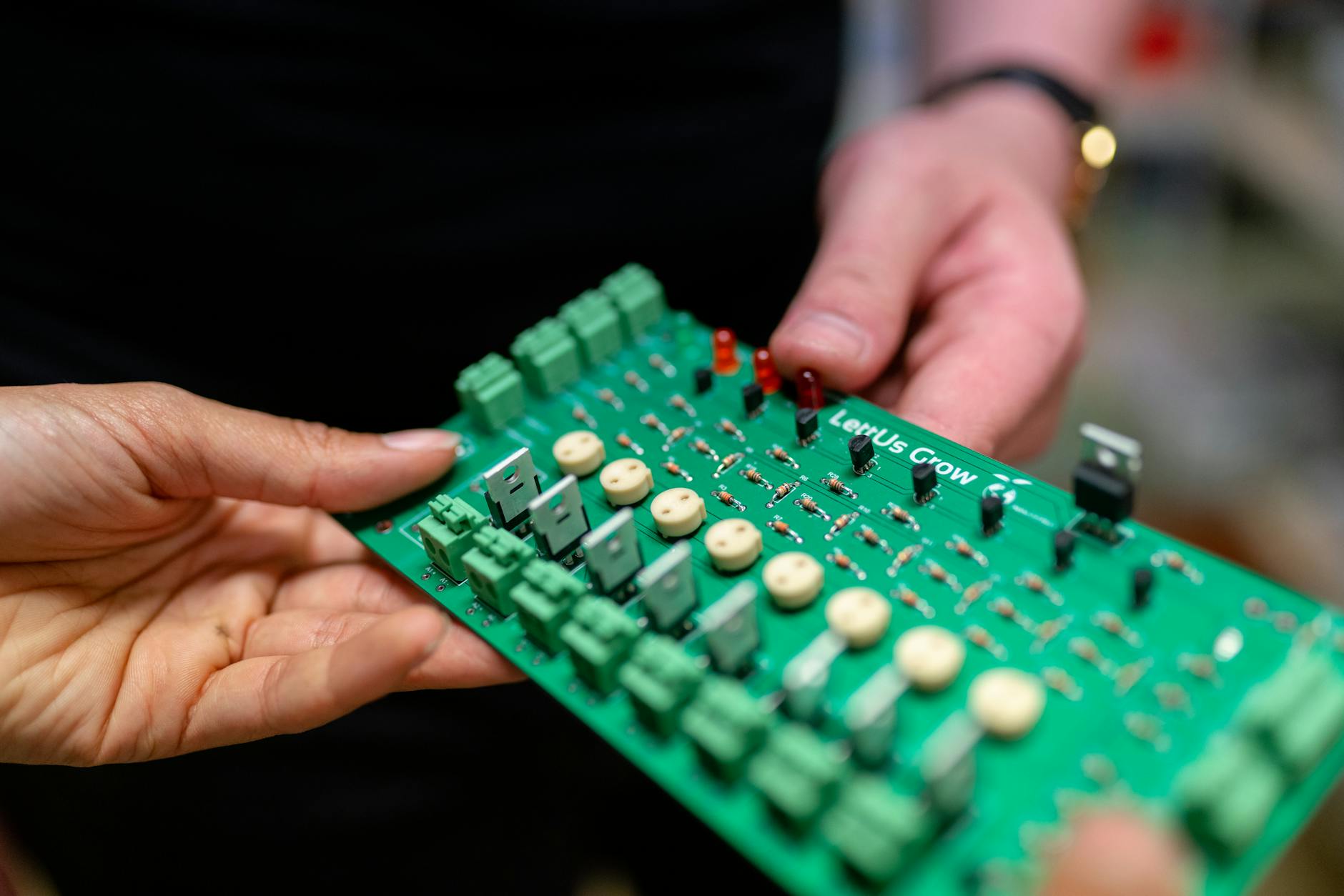How to Enhance Classroom Acoustics for Young Musicians in Australia

Assessing Acoustic Needs
Identifying Common Acoustic Issues
Being an educator based in Brisbane, I've always emphasized the significance of effective auditory environments for music lessons, especially in settings like the vibrant Brisbane Powerhouse. One of the prevalent challenges in classrooms is managing reverberation, which often muddles the clarity needed for young musicians. Poor acoustics can lead to undesirable echoes, affecting both instruction and musical performances. Addressing these issues requires a keen understanding of the space and how sound travels within it.
Importance of Noise Control
Minimizing external noise interference is critical. It ensures that students can focus on their lessons without distractions. Using technologies like mesh radios, which allow for discreet communication between teachers and staff, can effectively manage classroom dynamics without adding to noise levels. Controlling noise is particularly essential in multicultural performance spaces like the Queensland Performing Arts Centre, where clarity is key to showcasing diverse talents.
Evaluating Current Classroom Setup
As we gear up for events akin to the community musical performances at South Bank, it becomes important to assess the current classroom setup. One useful tool is the induction loop, which assists students with hearing aids by directly channeling the sound to their devices. Additionally, ensuring the right audio equipment is in place can greatly enhance the auditory experience for all students. The goal is to create an environment where young musicians feel motivated and confident, becoming active participants in their musical education.
Acoustic Solutions and Adjustments
When it comes to enhancing your music classroom, one of the most impactful improvements you can make is upgrading the acoustic elements within the space. Selecting effective acoustic panels can drastically improve sound quality. Ideal for spaces where clarity is key, these panels absorb unwanted noise and echo, making each chord and note discernible. In Brisbane, the Queensland Performing Arts Centre serves as a prime example of how acoustic enhancements can transform a venue, ensuring every performance is heard with the utmost clarity.
Soundproofing windows and doors is another important step to prevent external noise from interfering with your lessons. This adjustment can keep out unwanted distractions, allowing students to focus entirely on their music. You might also consider implementing flooring and ceiling fixes, such as carpets or acoustic tiles, that can further reduce noise levels and improve acoustics within the classroom.
For students who benefit from technology assistance, a hearing loop system might be worth considering. Though it might sound technical, it’s essentially an induction loop system that helps those with hearing aids pick up sounds more clearly. Integrating this technology demonstrates a commitment to inclusive education, making sure that every student has an opportunity to thrive in your music classes.
By integrating these solutions, you're well on your way to creating an optimized learning environment that not only enhances sound quality but also fosters student engagement and performance excellence.
Tools and Technologies
Benefits of Portable Acoustic Shells
As a music educator, managing acoustics in a school environment can be a daunting task, especially when dealing with tight budgets and dynamic spaces. Portable acoustic shells provide an effective solution by enhancing sound projection and clarity during performances, such as those seen at community music events at South Bank. These shells are particularly advantageous because they can be easily assembled and disassembled, making them perfect for temporary setups or multi-use spaces. By utilizing these shells, you can create a defined acoustic space that enhances musical performances for both the performers and the audience.
Utilizing Sound Absorption Materials
Incorporating sound absorption materials is essential to control excess sound within your music classroom. Materials such as foam panels and carpets can significantly reduce echo and reverberation, ensuring students can clearly hear instructions and feedback. These materials are versatile and can be applied to various surfaces, such as walls and ceilings, making them a practical choice for a variety of settings. When shopping, consider options that fit both your aesthetic and acoustic needs to create an optimal learning environment.
Innovative Sound Equipment Options
Embracing innovative sound equipment is crucial for modern music education. Consider investing in high-quality musical equipment and accessories like AV cables to support robust sound systems. Given the limited knowledge many music educators have about technical equipment, it's important to choose user-friendly options that offer straightforward installation and operation. Leveraging these tools, you can facilitate a richer auditory experience for your students and bring lessons to life with engaging sounds.
Tips for Classroom Layout
Strategic Seating Arrangements
Creating an effective classroom layout for music lessons can significantly enhance your students' learning experience. To foster a supportive environment, consider arranging chairs in a semi-circle to encourage interaction and visibility between students while you teach. This setup not only improves communication but also helps students better observe demonstrations on guitars and basses. Incorporate practical teaching tips by routinely adjusting seating based on the class size and specific activities planned for the day, ensuring flexibility and focus.
Incorporating Acoustic Furniture
Investing in acoustic furniture can be an invaluable addition to your music classroom. Items such as upholstered chairs or mobile acoustic panels can help dampen background noise and make it easier for students to hear instructions and musical nuances. When selecting furniture, consider items that can be easily rearranged to accommodate different learning activities. By incorporating such versatile pieces, you can create a more focused and conducive learning atmosphere where precision in sound is key.
Optimizing Instrument Placement
Proper placement of instruments can greatly affect the sound dynamics within your classroom. Position larger instruments against walls to utilize natural acoustics, while maintaining clear pathways for easy access during sessions. For string instruments like guitars and basses, consider placing them near the class perimeter to allow for optimal sound projection. This arrangement ensures students can hear both themselves and their peers clearly, fostering an engaging and inclusive music-making experience with potentially advanced technologies like a universal remote to control audio levels for clarity.
Overcoming Acoustic Challenges with Creativity
Budget Constraints
Addressing acoustic challenges in music classrooms within a budget can indeed test one's ingenuity. Teaching in Brisbane, where resources can be as diverse as cultural events at the Queensland Performing Arts Centre, often requires innovative approaches. Begin by researching cost-effective solutions like DIY acoustic panels, using items such as old curtains or recycled blankets. Engage students in creating these panels as part of a project, which can enhance their involvement and understanding of acoustics. Also, consider reaching out to the community for donations or assistance in acquiring materials.
Limited Space
Teaching in smaller spaces, especially with young musicians, necessitates strategic planning. Using portable acoustic dividers can help create a more intimate learning environment within limited confines. These can be easily stored when not in use, maximizing available space. Consider the arrangement of the classroom to include multi-use items like stackable chairs or collapsible stands, allowing for easier adaptation when transitioning between different activities such as solo practice or small ensemble rehearsals. Local community music events at South Bank might provide inspiration on how to creatively utilise small spaces for performance.
Adapting to Multipurpose Use
For classrooms that serve multiple purposes, flexibility is key. Installing adjustable soundproof curtains or moveable wall partitions can help shift the room's acoustics as needed. Embrace the Brisbane community by collaborating with local artists who often perform at the Brisbane Powerhouse for musical performances to share their insights on adapting space for various functions. Incorporating removable and versatile furnishings not only optimizes the classroom for different uses but also broadens its utility without sacrificing musical integrity.


